Research
BACK TO MAIN PAGE
SALT
What is salt?
Salt is a mineral consisting primarily of sodium chloride, a chemical compound belonging to the larger class of salts; salt in its natural form as a crystalline mineral is known as rock salt or halite. Salt is present in vast quantities in seawater, where it is the main mineral constituent.
How is salt mainly obtained?
1) Evaporation from sea water
2) Mining salt from the earth
3) Creating salt brines
Salt at homes - marketing
Salt for the Bath – There are dozens of brands of salt-based product that come packaged for the bath tub. They come perfumed or with essential oils. They come from exotic places like Masada or the more mundane mid-west. Many of these products sell for extremely high prices per pound. Imagine marketing salt like a rare perfume?
Salt for the Kitchen – I found four different salts in my kitchen. We cook with kosher salt for most of our meals because we like the thick granules and the way it adheres to the food. So the size or form is a distinguishing characteristic. Then I found traditional table salt that is free flowing and something we use less often but helps to coat evenly on foods. I found Hawaiian salt mixtures that were a gift from a friend of our daughter’s filled with herbs and garlic to season food. This coarse mix is using salt as a delivery vehicle.
Salt for the Water System – There are bags of salt that are used to soften water in a house. This additive type of salt can help prevent damage to pipes and appliances in a home. In areas with very hard water, salt added to your water system can help you use less detergent to clean your clothes. Salt can help make your towels less rough; your skin is less dry, and your hair feels cleaner.
Salt for the Driveway – Who hasn’t used salt to prevent skidding on ice or to help melt snow? It comes in huge bags and has a very clear functional value. Some will melt extra slowly and other at a different temperature.
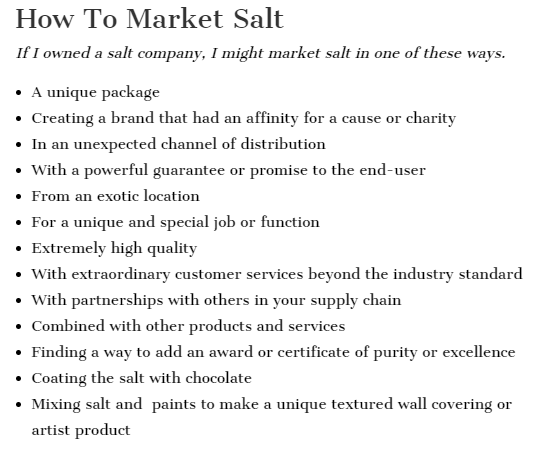
Salt non-dietary uses
Only about 6% of the salt manufactured in the world is used in food. Of the remainder, 12% is used in water conditioning processes, 8% goes for de-icing highways and 6% is used in agriculture. The rest (68%) is used for manufacturing and other industrial processes, and sodium chloride is one of the largest inorganic raw materials used by volume. Its major chemical products are caustic soda and chlorine, which are separated by the electrolysis of a pure brine solution. These are used in the manufacture of PVC, plastics, paper pulp and many other inorganic and organic compounds. Salt is also used as a flux in the production of aluminium. For this purpose, a layer of melted salt floats on top of the molten metal and removes iron and other metal contaminants. It is also used in the manufacture of soaps and glycerine, where it is added to the vat to precipitate out the saponified products. As an emulsifier, salt is used in the manufacture of synthetic rubber, and another use is in the firing of pottery, when salt added to the furnace vaporises before condensing onto the surface of the ceramic material, forming a strong glaze.
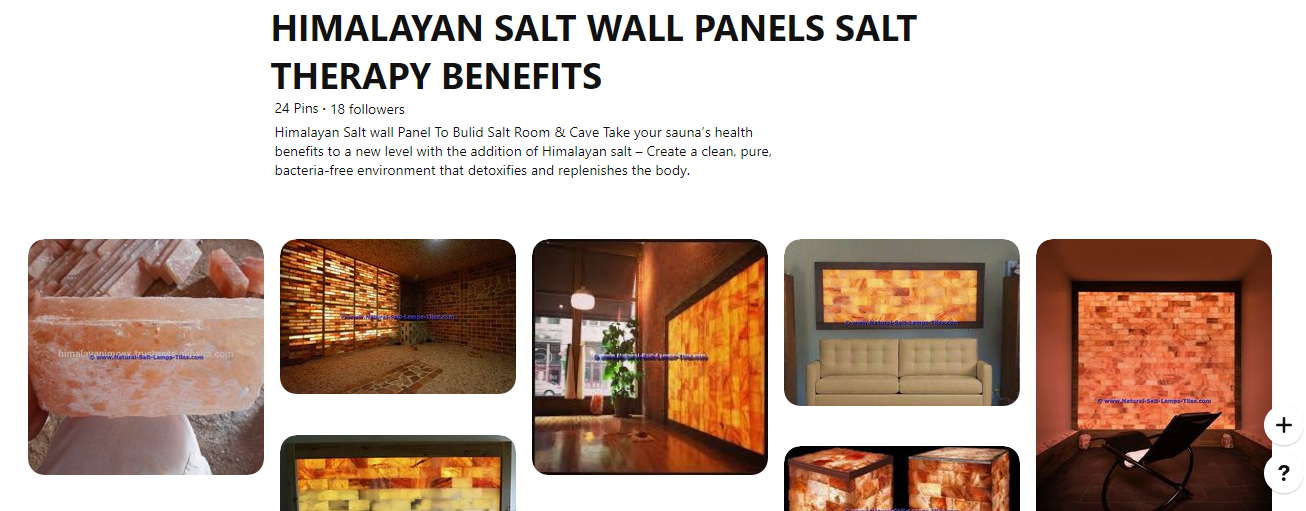
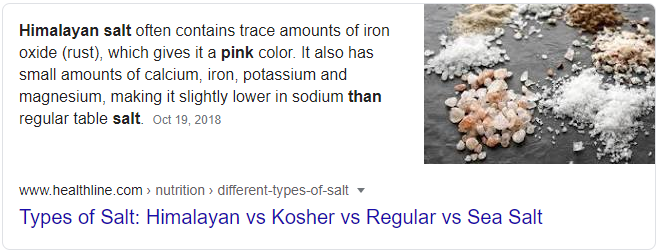
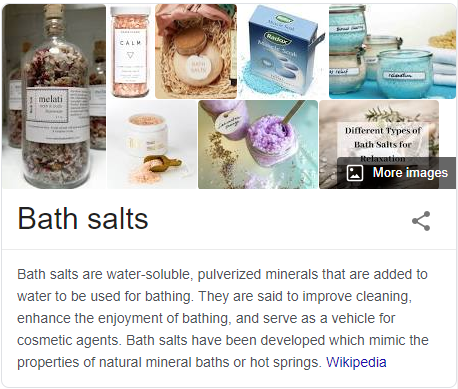
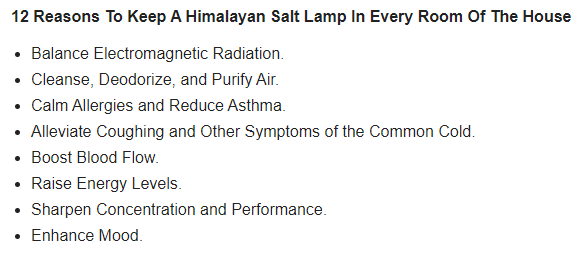
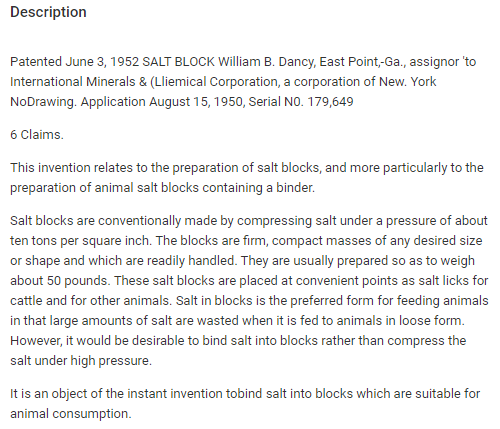
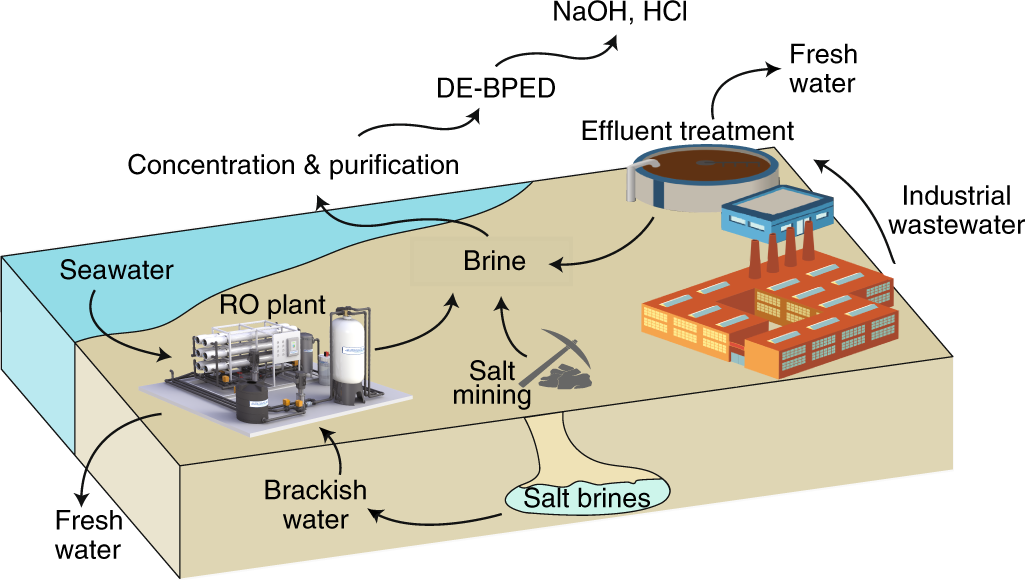
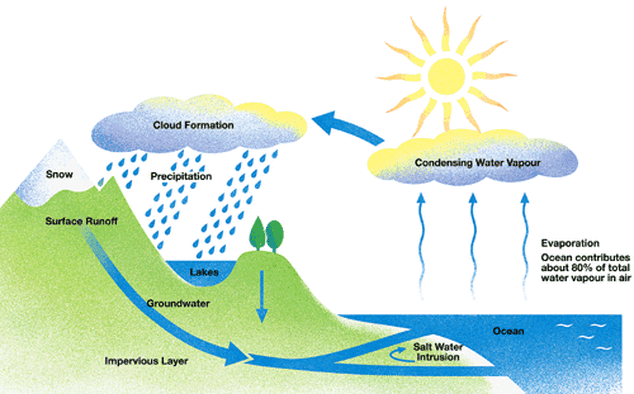


Benefits of using salt baths
Bath salts made with Ocean Mineral Salts carry many benefits beyond looking beautiful and smelling great – the benefits of bath salts are far-reaching you’ll feel the difference in your skin, your mood, and well-being.
Ocean Mineral Bath Salts, contain many beneficial minerals. These minerals are easily absorbed into our pores and are known to cleanse and purify our skin on a molecular level, improving your skin’s radiance, tone, and texture. Magnesium helps us fight stress and combat fatigue; sodium plays a significant role in managing the balance of lymphatic fluid in our bodies. The result? Bath salts benefit not only our skin, but our entire bodies – from the inside out.
Another benefit of Ocean Mineral Bath Salts is that they help detoxify our skin. Warm water opens our pores, allowing the minerals in your bath salts to deeply cleanse our skin. Bathing in a solution of warm water and bath salts will work to draw out impurities, pollution, toxins, oil, dirt and sweat from the skin as well as increases blood circulation. They aid in the healing of dry skin, making skin soft and supple. Salts can help improve common irritations such as insect bites, minor rashes, and calluses on feet, as well as more serious skin conditions like athlete's foot, eczema, and psoriasis.